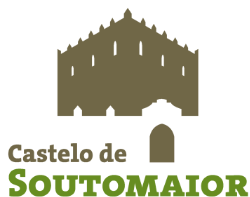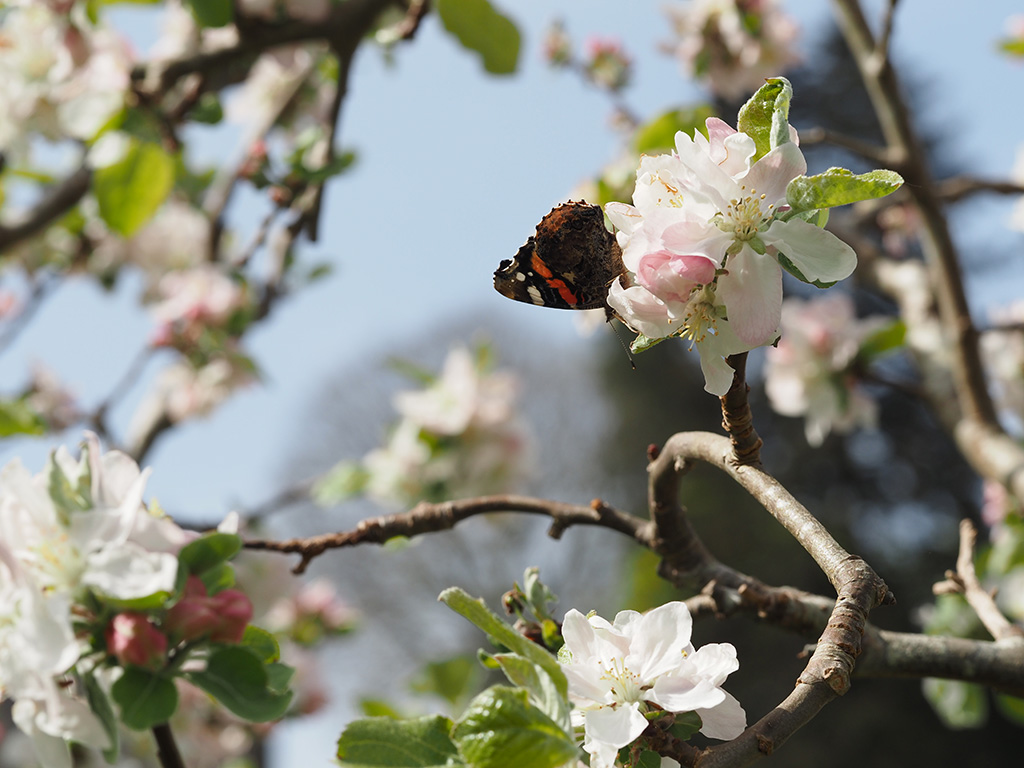Soutomaior Castle’s orchard
By preserving traditional crops, we keep history alive
The Provincial Council of Pontevedra, since it acquired the property in 1982, has tended and enlarged the garden and managed to preserve native species. Moreover, a vineyard was planted and a woodland was created in areas that had been previously occupied by eucalyptus trees.
These actions have contributed to protect our agricultural and forestry heritage. In fact, nowadays these plants are not only part of our landscape, but also part of our history and gastronomy.
In the last years, homogeneous and cheap crops have been gradually introduced in our region, having a negative impact on our biodiversity. Thus, this institution launched an ambitious project aimed at preserving our native crops: the establishment of a gene bank of native fruit tree varieties.
Discover the taste, culture and history of the province through the castle's fruit trees
Fruits, especially pomes, have been always produced in our agricultural areas. Our fruit trees offer us high nutritional quality food with an authentic aroma, colour and taste.
The castle’s gene bank comprises 77 varieties of apple trees, 19 varieties of pear trees and also a small collection of plum trees. It serves to protect our natural and genetic resources so that they can be enjoyed by future generations.
These native varieties are preserved thanks to hard work
The collection of fruit trees was started at the research centre Estación Fitopatolóxica Areeiro in February 1984. There, important field and laboratory research work was carried out to identify and select the varieties and rootstocks. Their staff also visited numerous villages and farms in the province so as to collect an important collection of plant genetic resources.
Between 1984 and 1986, grafting was carried out, and in January 1987 trees were planted in the Soutomaior Castle. There, three identical specimens from each type were planted about 4 metres apart so as to avoid disease propagation and very dense planting that may reduce fruit quality.
In addition, a catalogue including drawings, photographs and descriptions of the varieties was created. Thus, an on-site gene bank, unique in our province, was established. Nowadays, the Provincial Council of Pontevedra is still carrying out regular conservation, grafting, pruning and harvesting work.
The castle’s orchard, an important element of our biodiversity
Preservation of agricultural diversity is based on the protection of the rural environment and the natural life associated with the crops.
The orchard is not an isolated system, but lives in symbiosis with its surrounding natural environment. Fruit trees provide food and shelter for many animals and these, in turn, act as pollinators and pest controllers.
This proves, once again, that the Soutomaior Castle is the perfect place to enjoy our heritage and connect with nature.




 TICKETS
TICKETS




